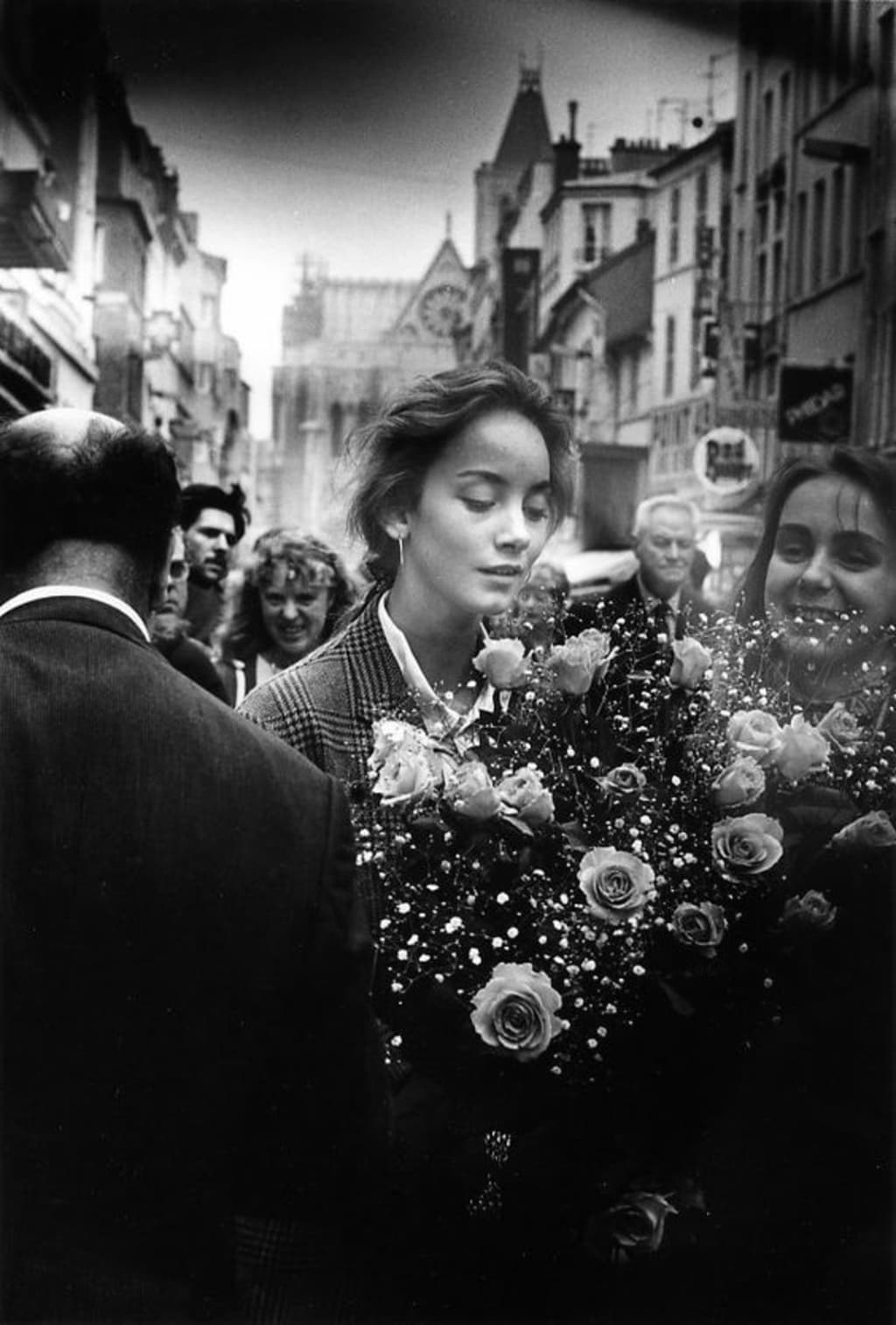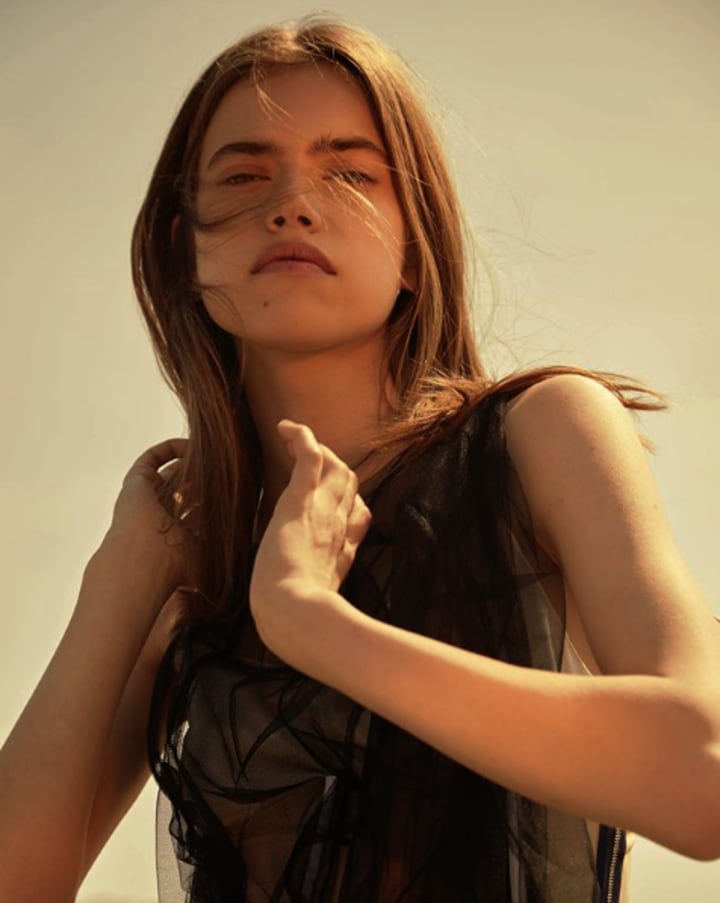Shooting Portraits: Best Camera Angle Techniques
Why Camera Angles Matter in Portrait Photography

It seems that nowadays everyone owns a DSLR. The world of photography is more accessible than it has ever been with the help of digital technology and cheaper prices. We all have memories to capture or a story to tell, but what is the most effective way to represent your story. The superficial objects in your photo may offer a basic explanation but many other factors are noticed when an audience looks at your work. In most cases, those superficial details will be noticed first. For portraits, this would be the model displayed in the image. After registering this first element, the audience then begins to conceptualize a story. This is where things like colour, pose and camera angle become apparent.
Camera angle is a crucial part of storytelling with photography. But how can you use this to your advantage? Well it starts with studying images like the one below.
A technique that seems very popular in children’s photography could also be a great tool for your portrait work. Upon first look, shooting from an angle above your subject gives a very youthful, almost innocent look. Many photographers use this to their advantage when shooting a less formal campaign.
Traditionally it was offensive to paint or photograph a subject from above, as it could be perceived as vulnerability. Our present-day society is much more accepting of this rule, although it is important to keep this in mind for certain scenarios. It is definitely not an angle to be used in all of your work but can be an incredible tool when used right.
If we study painting and photography throughout history, we see a common trend in portraits of important or powerful subjects. Much like the portrait of Abraham Lincoln below, these portraits give the illusion that the subject is at a higher level than the viewer. Shooting your portraits from below can give the illusion of power, experience, and knowledge. This can allude the message that the subject being photographed is well respected. When taking photos for specific jobs, such as business headshots, this can be a very helpful tool for impressing and flattering your client. Like always, you must first think of what this will mean to your photo. Using a technique like shooting from below can then take your storytelling that little bit further.

M.P. Rice (1900)
Taking images from below can also make your subject look longer and skinnier. This can be very flattering for the subject and should be remembered when doing paid portraiture, specifically if your subject is not a professional model. This goes back to organizing the photograph before you take it. Who is this image being created for? What am I trying to say with this image?
Face to Face

Copyright: Brett Warren Photography / Larsen in the Desert
We’ve all been there. You’re walking through a photography exhibit, but all of the works seem somewhat unreachable. You feel as if there is some sort of barrier between yourself and the photo in front of you. Framing your portraits "face to face" mimics a conversational orientation and could potentially allow the viewer to have a stronger connection with your work. This method seems to be the simplest way to set up your shot but can make a huge difference.
Maybe you would prefer to leave out any connotations that might be suggested through the framing of your photo? This would be the perfect time to use "face to face" orientation. Personally, I seem to orient so that the subject is at eye level with the viewer when shooting "face to face." This technique can be most effective when photographing portfolio shots for models. This being a scenario where the photographer should ensure the photos are solely focussed on the model, rather than creating secondary meaning.





About the Creator
Dan Styles
A busy mind trying to leave some of my thoughts on record
Instagram: @danrstyles






Comments
There are no comments for this story
Be the first to respond and start the conversation.